This is the time of year when competition is on everyone’s mind.
The NHL and NBA playoffs have just ended, the 2024 Euros are underway and the Paris Olympics are just around the corner. Everywhere you look, people are straining and sweating to reach the podium or lift the cup (sadly, my Toronto Raptors failed to even reach the postseason this year).
In nature, however, competition is pretty much year round, and the stakes are much higher. We’re talking about survival! The ultimate goal of any animal is not to dominate the podium, but to have its genes represented in the next generation. Natural selection was first described by Charles Darwin in 1859 in his best-selling book On the Origin of Species. The basic idea is that in every generation, more young are born than will survive to breed in the next generation. Animals that are able to run, jump, forage, or fight better than their competitors will leave behind the most offspring, and thereby represent a larger proportion of the next generation. Genetic inheritance means that the next generation will be slightly better adapted to its surroundings. Over millions of years these the accumulation of these slight changes has resulted in the vast array of animals we see today.
Take it one game at a time
Competition occurs whenever two or more animals struggle to gather for themselves something that is in limited supply—for example water, food, mates or territory. This competition can take many forms: it can be direct or indirect, it can be between animals within a single species, and it can be between animals of different species. The simplest concept is probably direct competition between members of the same species. When one animal drives off or otherwise directly prevents another animal from gaining a resource, it is called ‘interference competition.’ A clear example of this would be our male elk or caribou fighting for mates in the fall: the winning elk directly prevents the loser from mating with any of the females he’s managed to gather into a harem. Another example could be a bear chasing another bear away from a prime berry patch.
Running interference
I witnessed a pretty cool example of interference competition one day at Lac Beauvert. I was strolling along the shore near the Queen’s cabin, camera in hand, when I was suddenly confronted with an entire family of Common Mergansers (a fish-eating duck, common in Jasper). They stubbornly refused to yield the trail, much to my surprise. On the lake I could see a Common Loon, patrolling close to shore with his head down, looking very sinister. When one of the Merganser chicks ventured back into the water, the Loon immediately drove him back to shore. Because Loons and Mergansers eat the same prey (fish, leeches and other small aquatic animals), this Loon was interfering with the Merganser’s ability to eat any of his dinner! When I got home, I did a little research and discovered that Loons are known for being very aggressive on their breeding ponds. They will kill other waterfowl, and even other loons, to protect them.
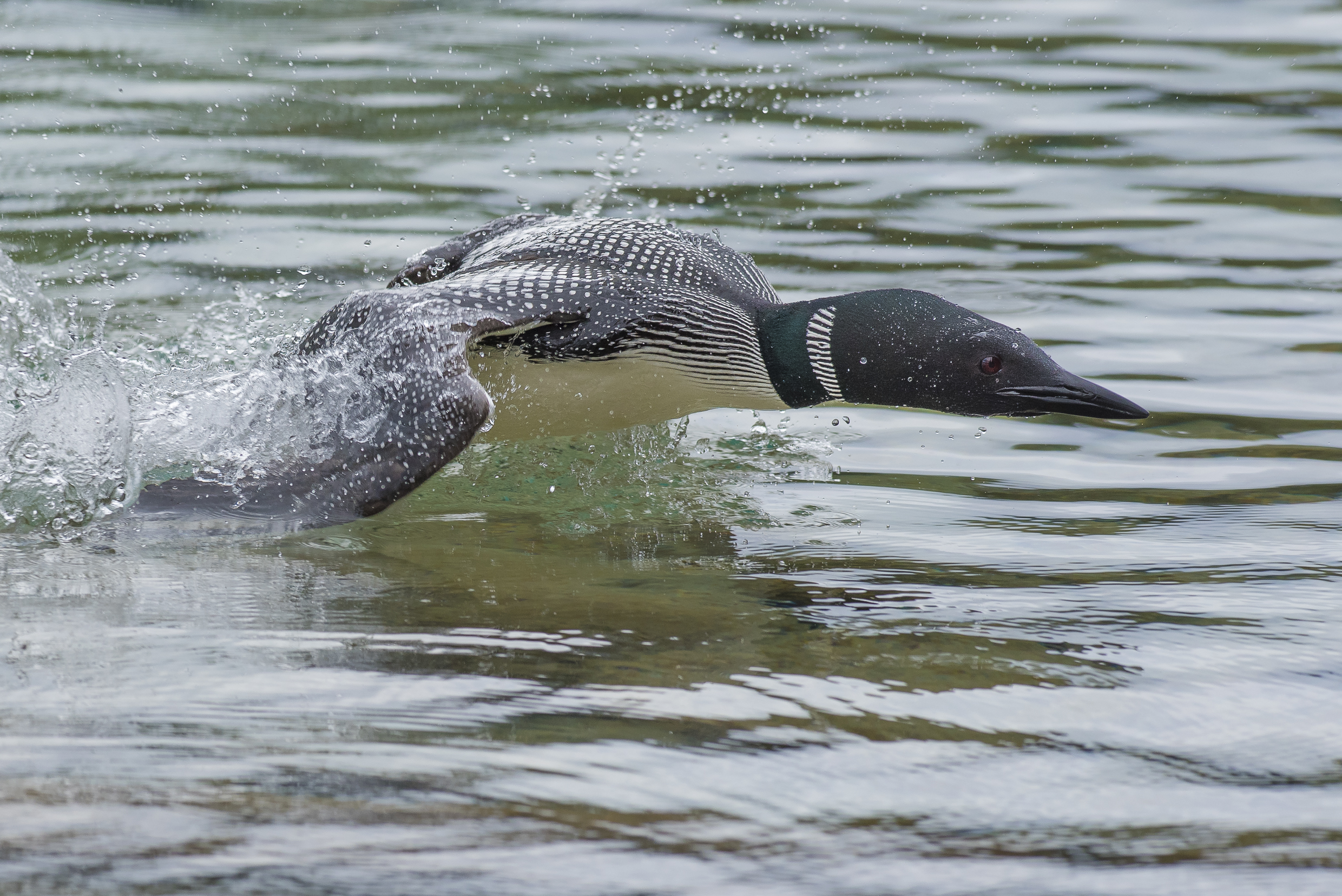
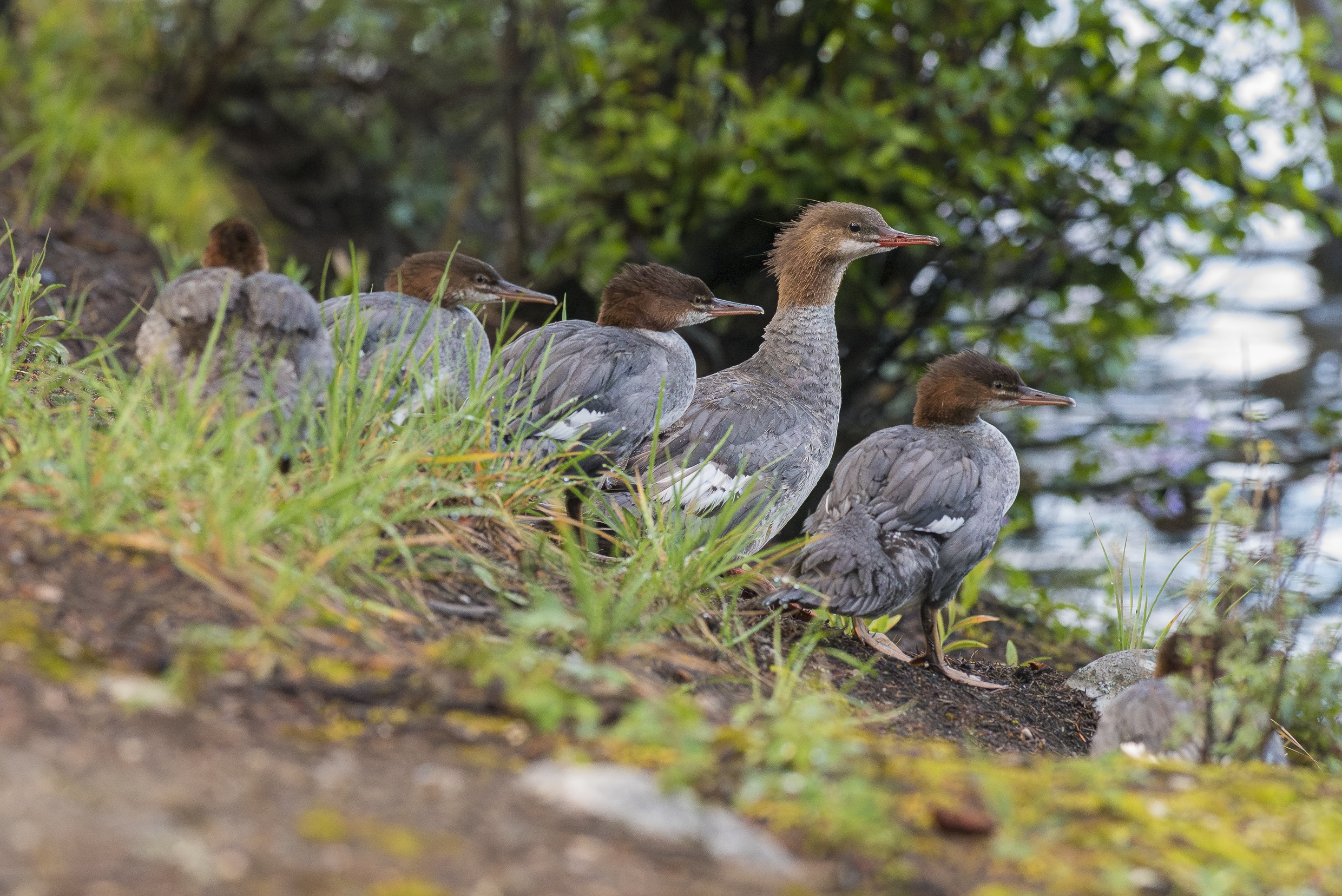
Giving it 110 percent
Not all competition is so aggressive or overt. Exploitation competition is when one animal deprives a second animal of a resource simply by consuming the resources itself. Think of it as when one bear eats all the crab-apples in your backyard, those apples are no longer there for another bear to eat (by the way, you ought to cut that tree down… let the bears compete outside of town). In this case, things like making the right decisions about where to look for food, and efficiency in hunting or gathering, are the animal’s main goals. An animal that expends less energy gathering the same amount of food will have more energy for bearing and raising young.
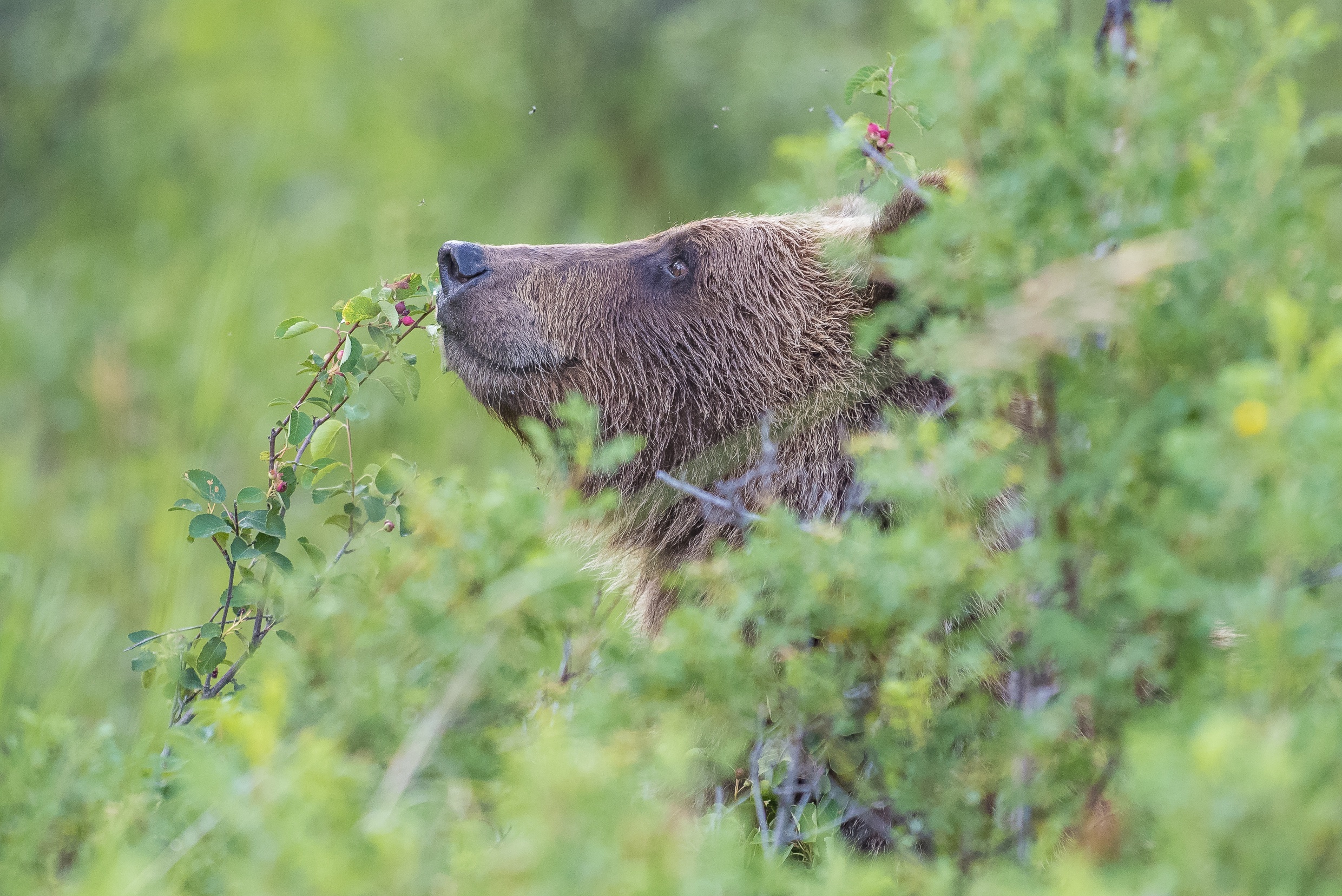
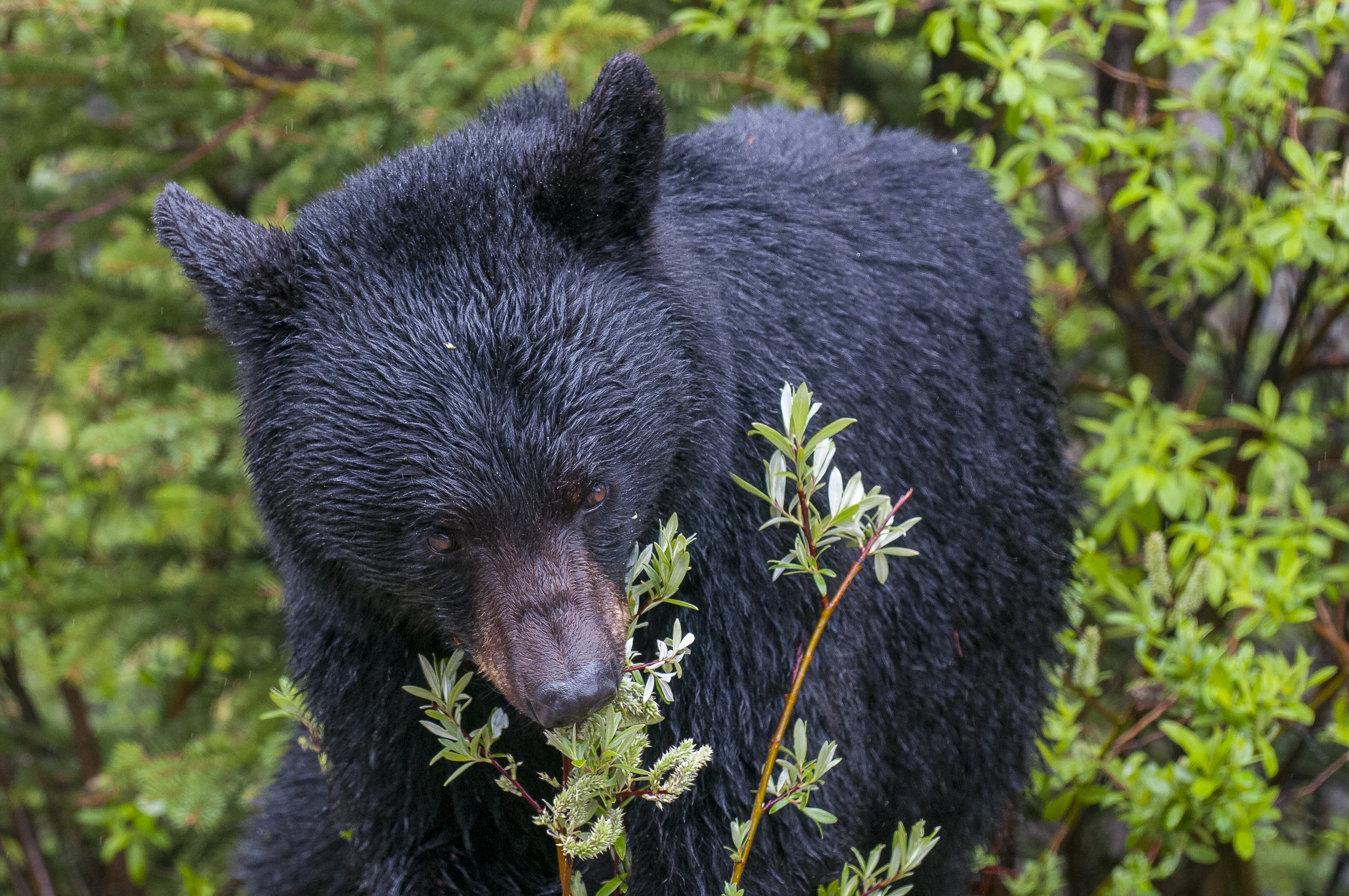
Over in the bird kingdom, songbirds will compete for territories and advertise their victory via their distinctive songs. Far from being a melodious cry of joy, bird song is more likely to translate to something like: “Flap off! This is my willow bush, and don’t even think of breeding this female!”
There’s no ‘i’ in team (but there is in evolution)
There’s yet another distinction to be made; competition can be between individuals of different species. This is known as interspecific competition. Competition between individuals of the same species is known as intraspecific competition. Of the two types, the strongest competition often occurs within a species. After all, if you’re a wolf, your fellow wolves will be looking for exactly the same resources you are. Members of another species will have slightly different requirements, and may therefore be weaker competition. In fact seeing two related species instead of one may just be a demonstration of competitions past.
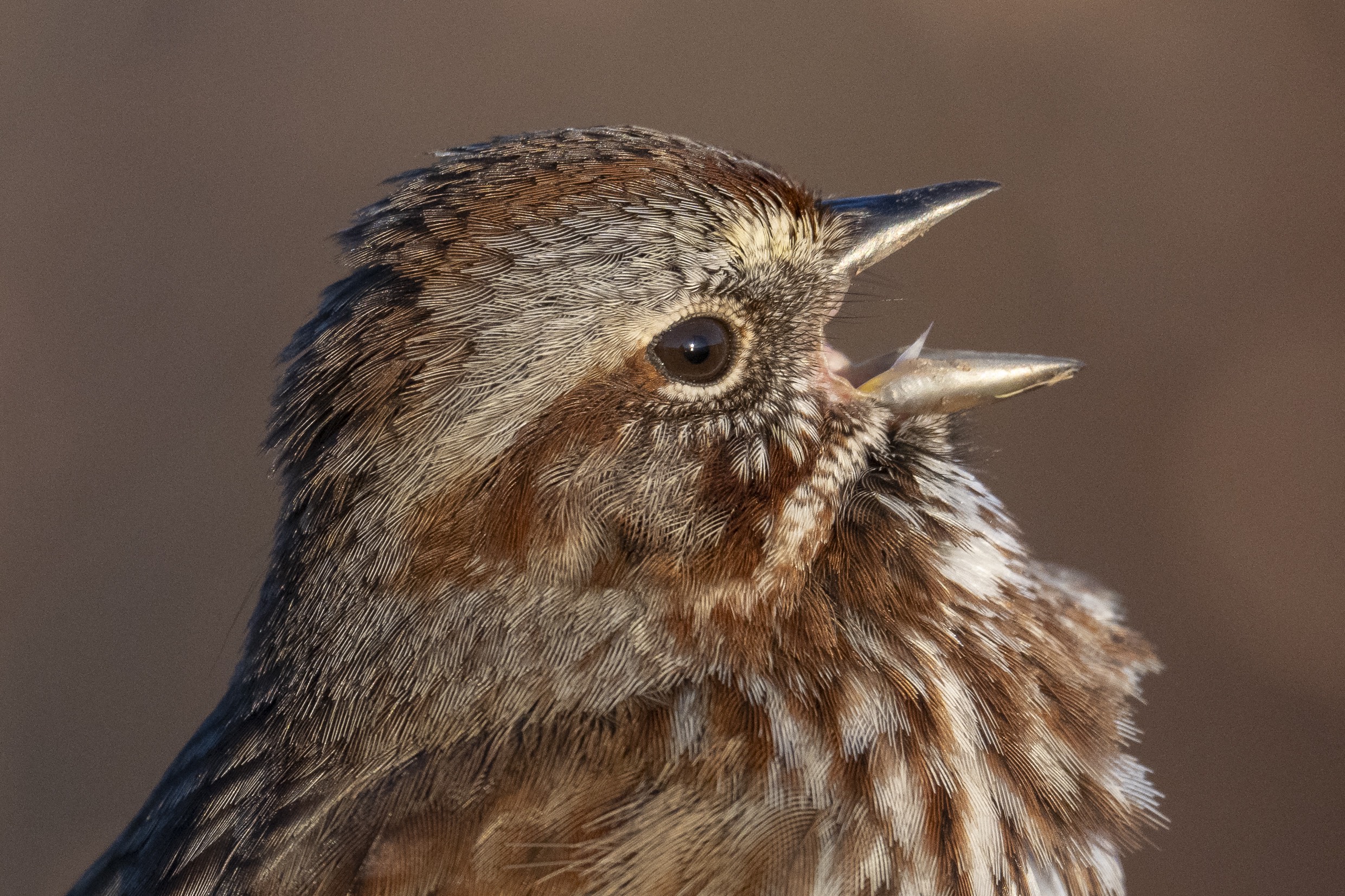
Look at coyotes and wolves for example. Between one and two millions years ago, they were the same wolf-like species (Canis lepophagus, which lived in North America). Somewhere along the way, some populations of Canis lepophagus started doing different things—perhaps some started preying on smaller animals, while others concentrated on larger animals. By doing this, the small prey eaters no longer had to compete directly with the big prey eaters. After many millennia, the populations became so different that they would no longer interbreed and eventually, they had become today’s coyotes and wolves. This is called adaptive radiation, and it was the avoidance of competition that drove it.
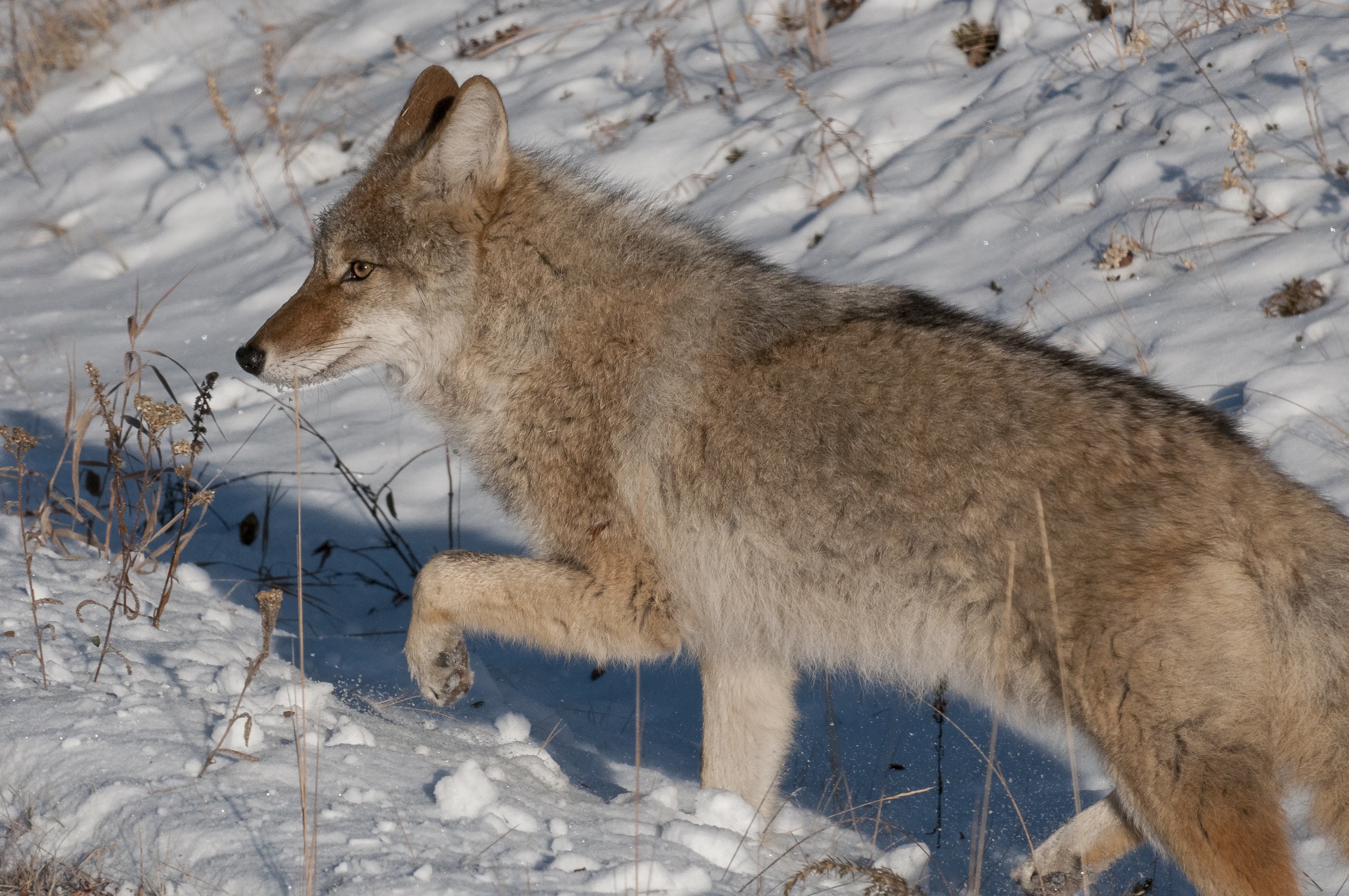
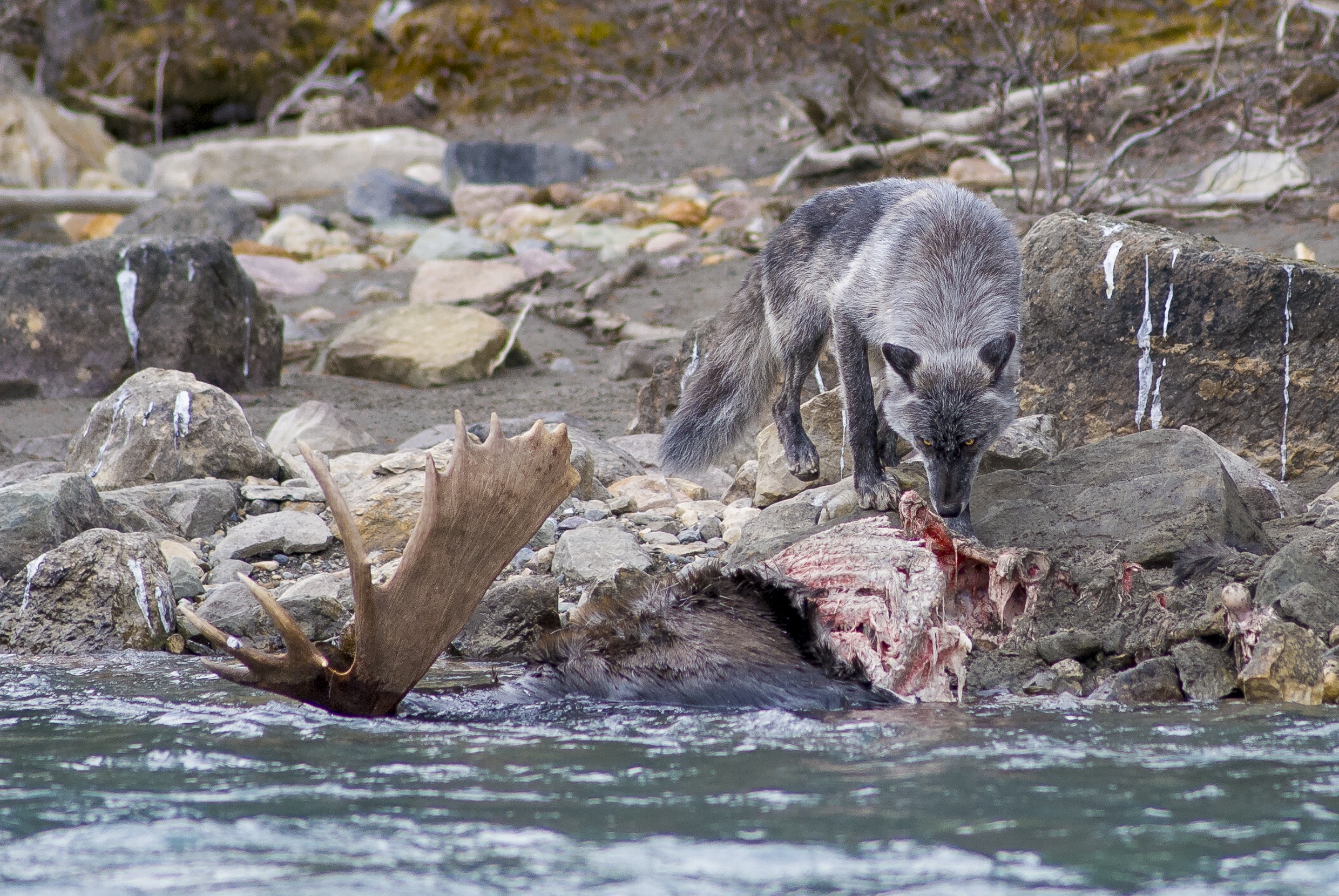
One shift at a time
There’s actually a third type of competition that we covered in a previous article on caribou – ‘apparent competition’. This is when two or more prey species share a predator. In our case, both caribou and white-tailed deer are preyed upon by wolves. The presence of more deer results in more wolves, and those abundant wolves then take down even more caribou. Apparent competition has been demonstrated several times on island ecosystems. An island with a single prey/single predator situation is stable because the predator can never eliminate the prey (because the predators start starving when the prey gets too scarce). But when people arrive and add a second prey species (often rats), then the predators can increase to higher numbers and the original prey species is wiped out. The Jasper situation is considerably more complicated, because there are several predators and several prey species, but apparent competition is still thought to be the major reason for caribou decline.
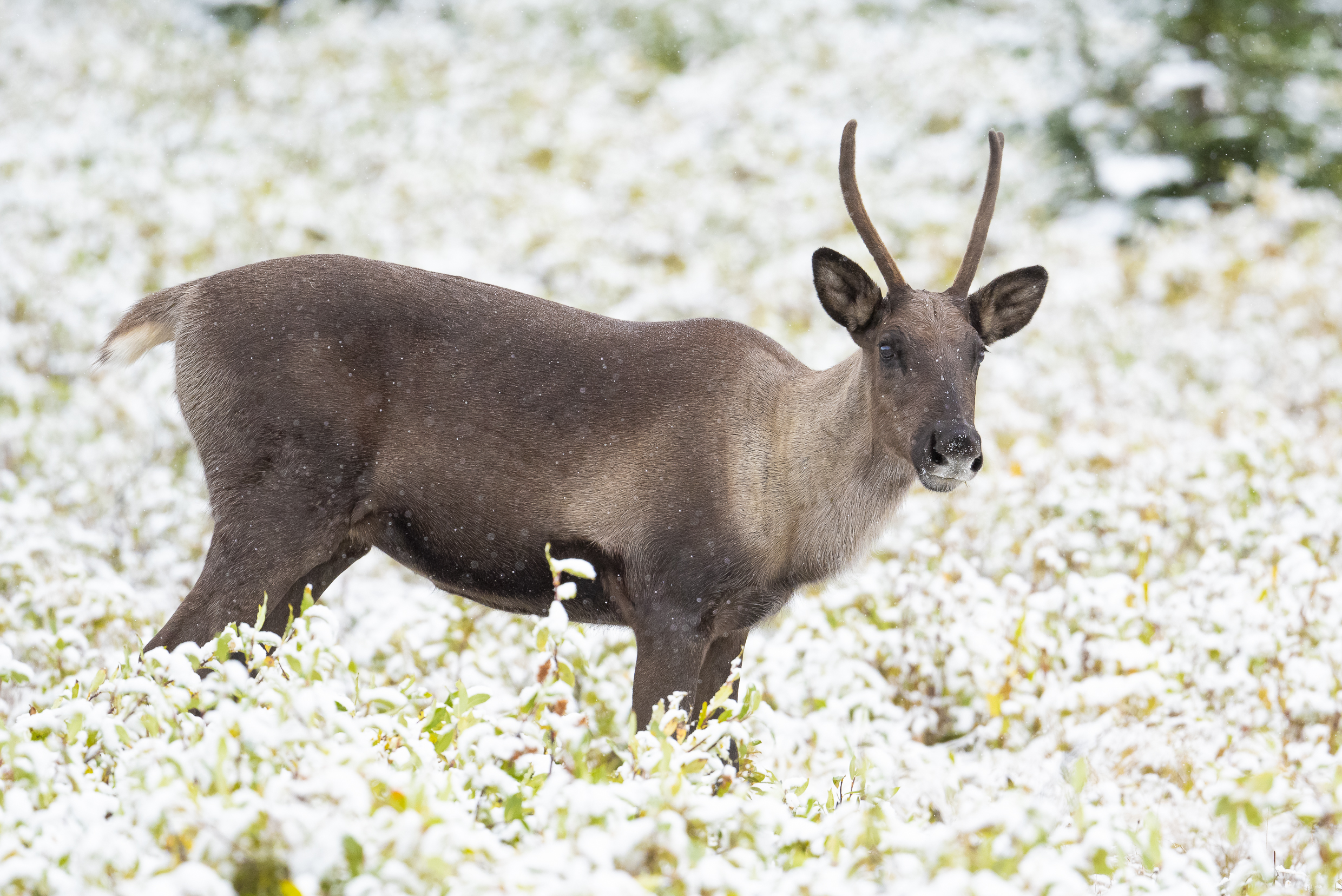
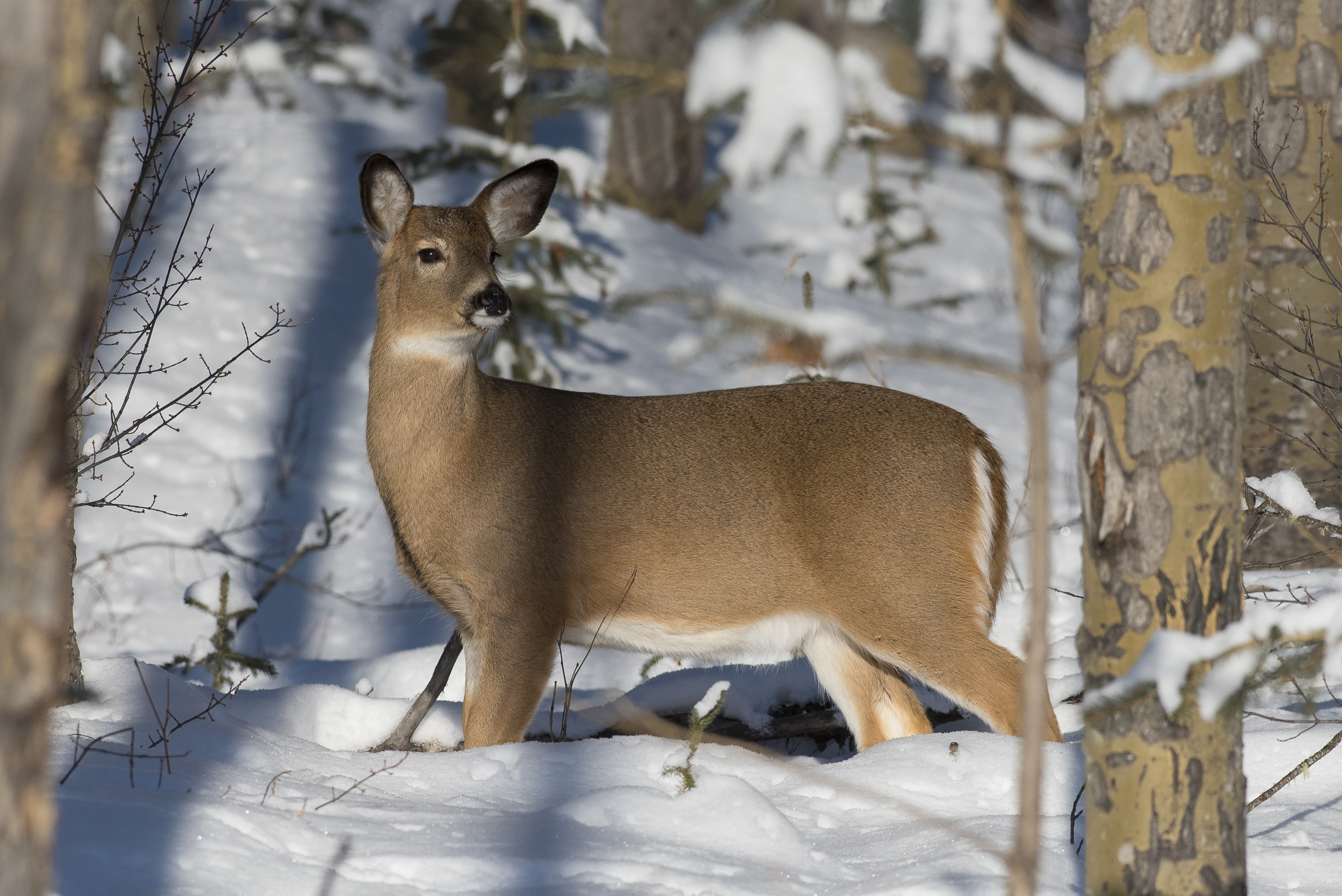
There’s always next year
Competition in nature doesn’t lead to trophies or product endorsements, but can lead to populations being better adapted to their environments. It can also drive other populations to extinction, and is part of the reason for the biodiversity we see today. Now if only the Raptors can stay healthy and get back into the playoffs next year…
Mark Bradley // info@thejasperlocal.com


